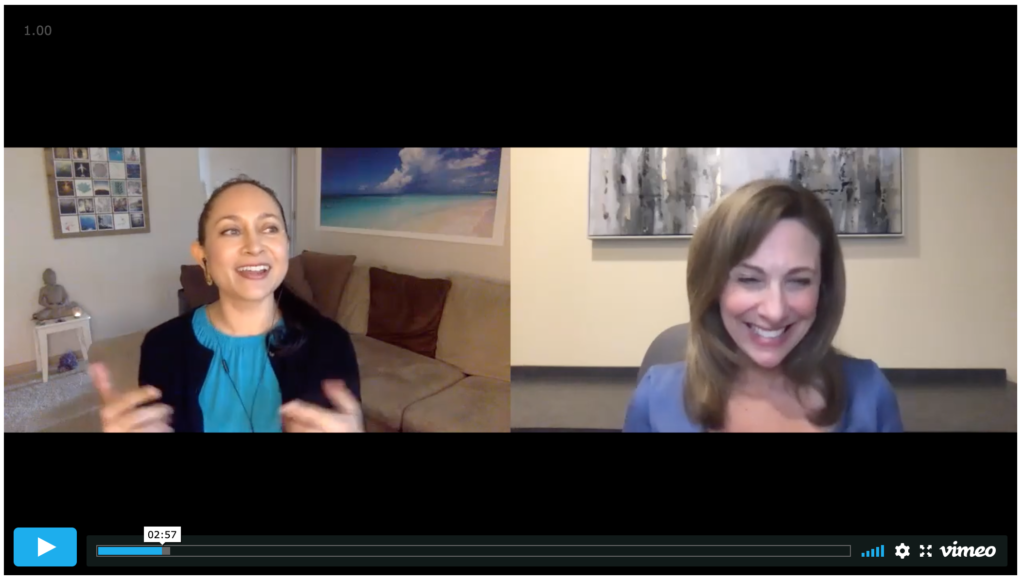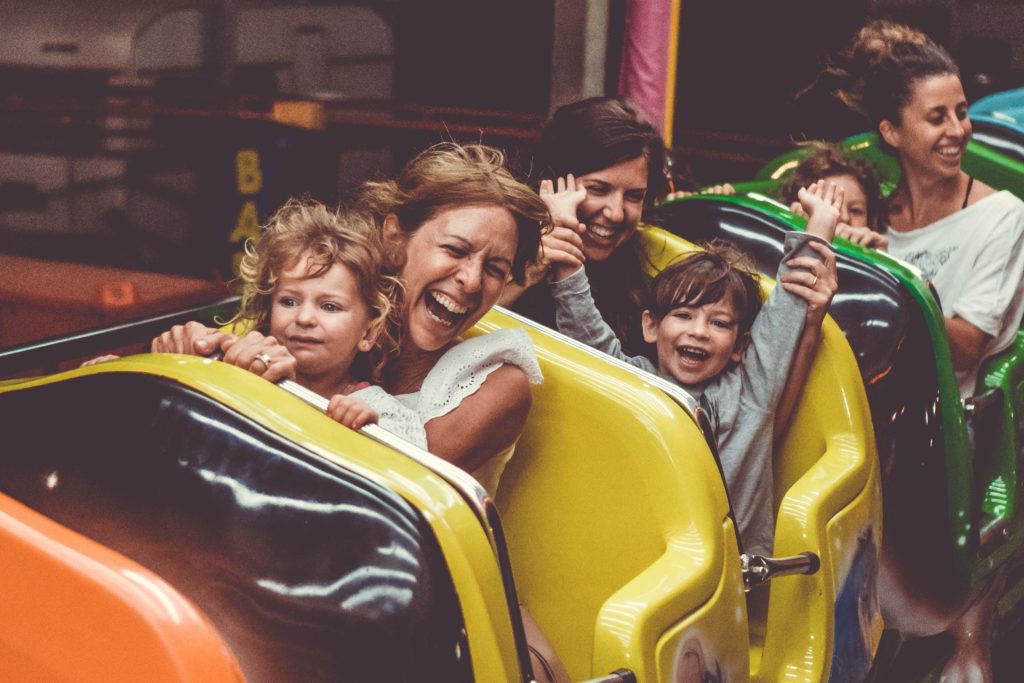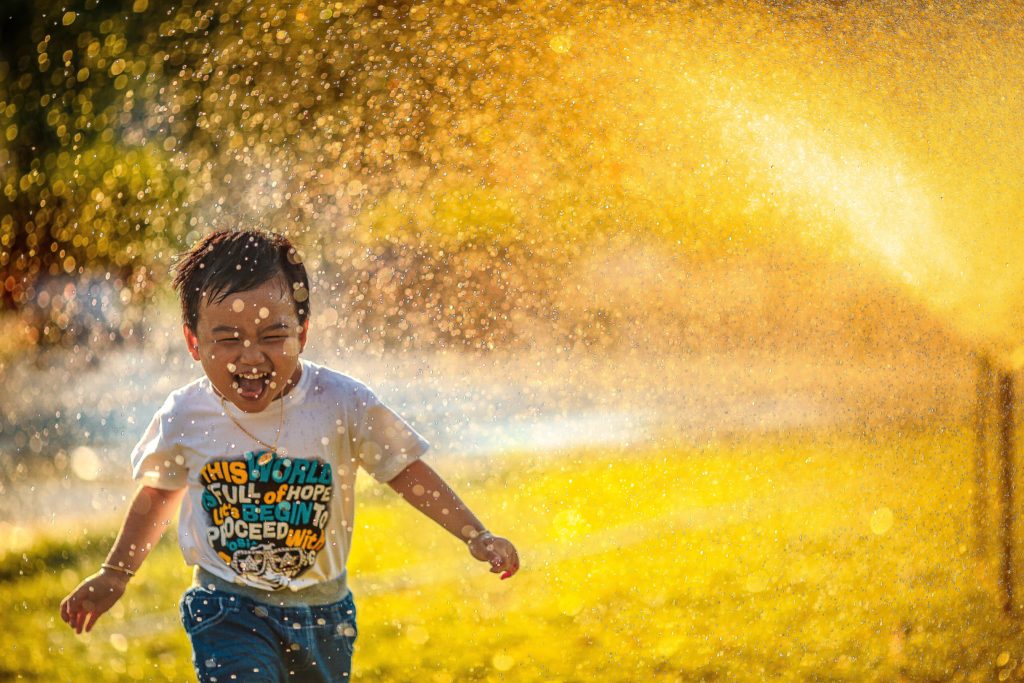
Uma Sanghvi helps people release fear & anxiety, connect with their Higher Self wisdom and live a radiant life of rest and joy.
The “Adverse Childhood Experiences” (ACE) study is massive.
It’s results are conclusive and have been reproduced countless times worldwide. The implications of the data are staggering.
Yet, hardly anyone in the American medical mainstream talks about it.
Let’s talk about it today.
YOUR BIOGRAPHY BECOMES YOUR BIOLOGY
In the 1990’s, Dr. Vincent Felitti led a CDC study on adverse childhood experiences. The study asked 17,000 mostly white patients enrolled in a Kaiser H.M.O. in San Diego, to answer 10 questions. Each question asked if they had experienced one of 10 categories of childhood trauma.
These categories included things like physical and emotional abuse, neglect, caregiver mental illness, and household violence. Then they gave each one an ACE score, depending on how many of the 10 experiences they had endured.
The link between childhood trauma and adult well-being outcomes was stunning.
The results showed that:
- Childhood trauma leads to adult onset of chronic illness and social and emotional problems. This includes include heart disease, diabetes, many autoimmune diseases, depression, violence, being a victim of violence, substance abuse, poor academic achievement and suicide.
- Childhood trauma is very common, even in a group of mostly white, middle-class, college-educated people with good jobs and great health care. Two-thirds of the 17,000 people in the ACE study had an ACE score of at least one. And 87% of those had more than one.
- The more ACEs a child experiences, the more likely he or she is to suffer as an adult.
THE GOOD NEWS
It’s clear that adverse childhood experiences are a major or THE major factor underlying adult onset chronic symptoms.
If you find this information triggering, you’re not alone. I’ve heard this data a hundred times, and it still hurts. Take a moment to breathe.
There’s actually really good news.
It’s possible to heal childhood trauma as an adult.
This is the work that trauma researcher Peter Levine is doing. And Kathy Kain, Gabor Mate and many others. And it’s the work that trauma-informed practitioners all over the world are doing, including me.
Healing trauma isn’t a cognitive process.
You don’t need to KNOW anything about your early childhood traumas in order to heal from them. You don’t have to analyze them or even know what exactly they are.
HEALING TRAUMA IS A SOMATIC PROCESS
The body is a physical representation of the subconscious mind. And trauma hangs out in the subconscious until it’s processed.
So we can work at the level of the body to release trauma from the subconscious mind. Cool, right?
Healing trauma is somatic process. It’s all about the body.
During trauma, powerful life force energy (prana, qi) gets suppressed. It’s something that happens automatically as a survival mechanism, it’s not a decision that we make consciously. Over time, that suppression of life force energy can turn into symptoms.
The healing process is about becoming deeply present to the landscape of emotions and energy in your body. Feel it to heal it.
Presence, as it turns out, is medicine.
If the ACE study piques your interest, I recommend taking 19 minutes out of your day to watch this video. It’s a tribute to Dr. Vincent Felitti, the mind and heart behind the landmark ACE study. It’s worth the time.
Sending you so much love!
* * * * *
👉 Do you struggle with anxiety, stress and overwhelm? I can help.
👉 Click here to schedule a FREE discovery call with me.
* * * * *





